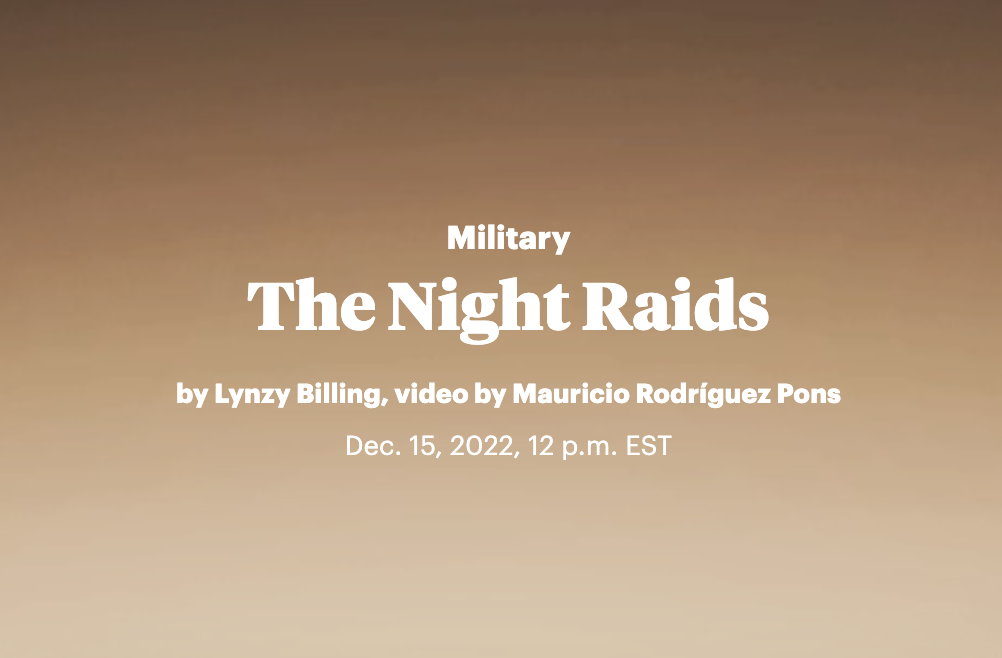
This story was really about a search for answers and accountability. And it’s also a story about the legacy of trauma that America left behind in Afghanistan and it’s told by Afghans who never had their losses acknowledged.
Lynzy Billing (ProPublica)
Protecting Sources
Over the course of three years, freelancer Lynzy Billing traveled to more than 30 sites in Afghanistan to track down and count civilian deaths at the hands of Afghan soldiers funded, trained and directed by the CIA. By cultivating a wide range of sources and speaking to people on all sides of the conflict, Billings painstaking reveals 452 CIA-backed deaths for which the U.S. has never been held accountable.
Virtually every source who spoke to Billing did so at personal risk, with Billing speaking not only with survivors, witnesses and local doctors, but also Afghan commandos and American special operations forces soldiers. Her story concludes with “How We Reported This Story,” a narrative of journalistic transparency.
Lynzy Billing on Her Reporting
Questions
Q1: Billing had more than 350 sources in this story, many of whom could talk to her only if their identity was protected. How would you go about making sure that sources and their information remain private and safe? How far should journalists go to protect their sources?
Q2: Billing begins her story with a disclaimer: “This story contains graphic descriptions and images of war casualties.” How do you decide when a story needs a disclaimer like this? What role do your sources play in providing a disclaimer such as this one?
Q3: What are the possible effects of recounting violence in stories? What reasoning would you apply in deciding whether to use graphic language or images? What differences do you see between text descriptions and images, whether still or video?
Q4: Should journalists include “How We Reported This Story” in all their stories? What relationship does journalistic transparency have to audience trust?
